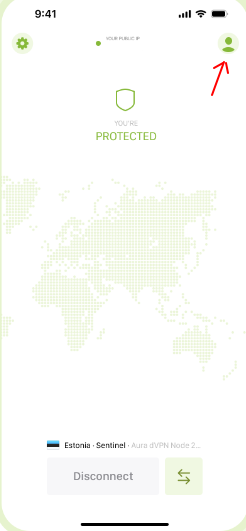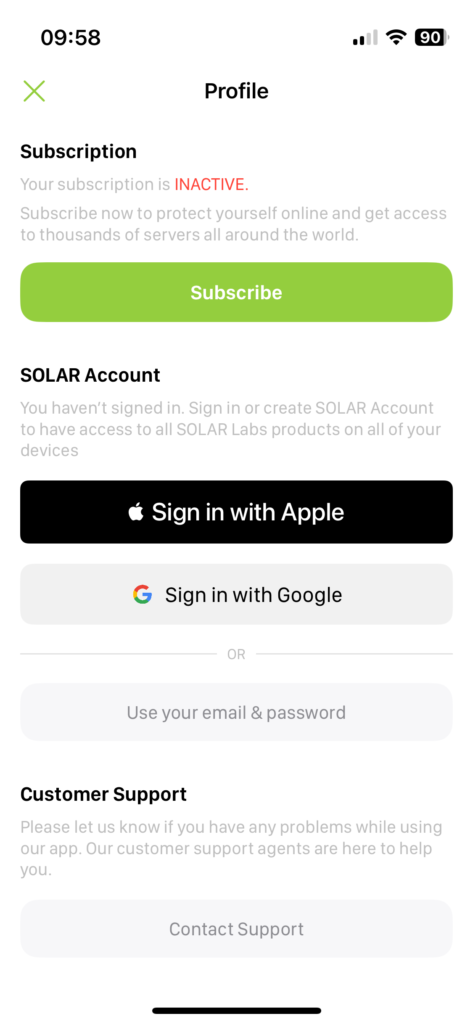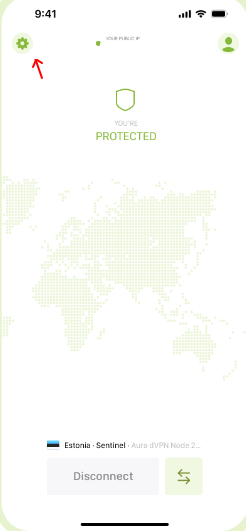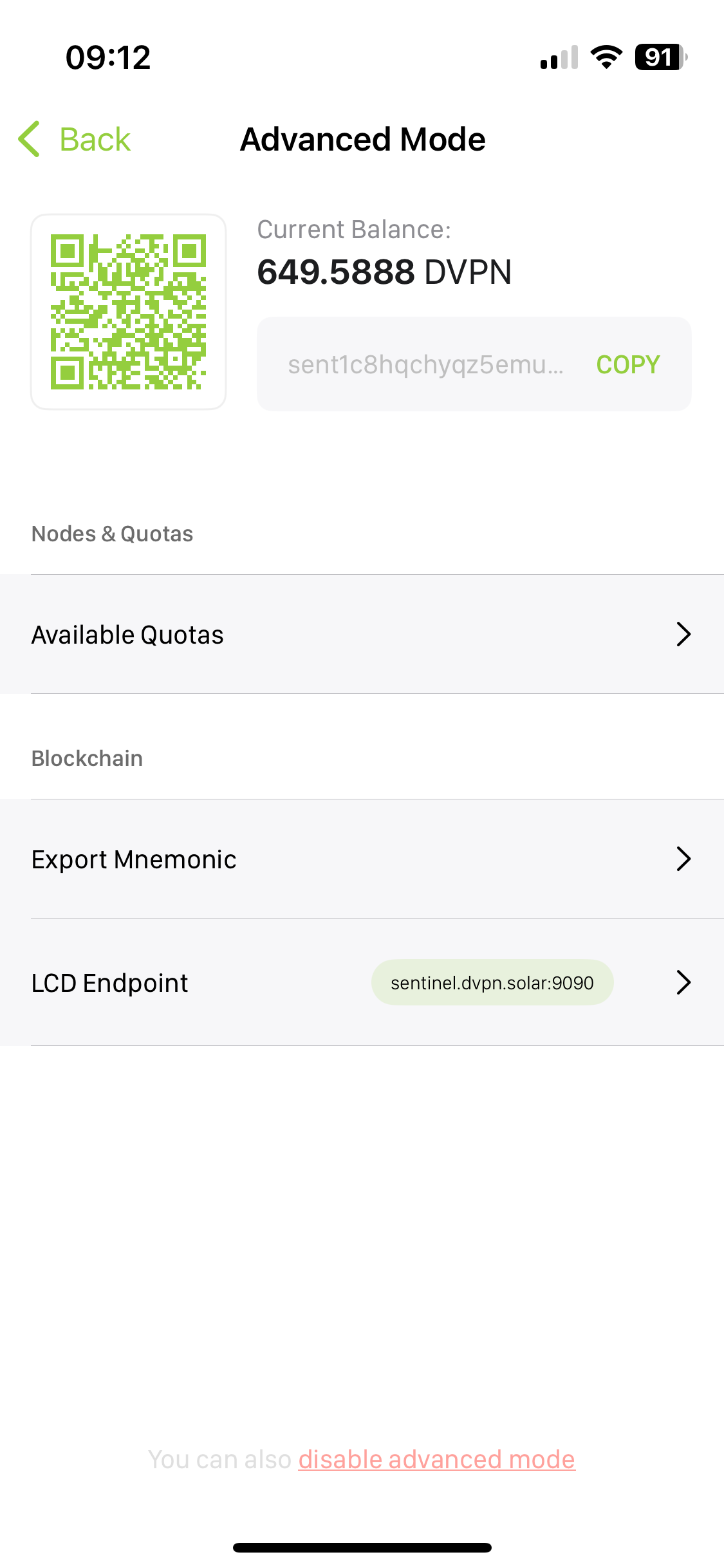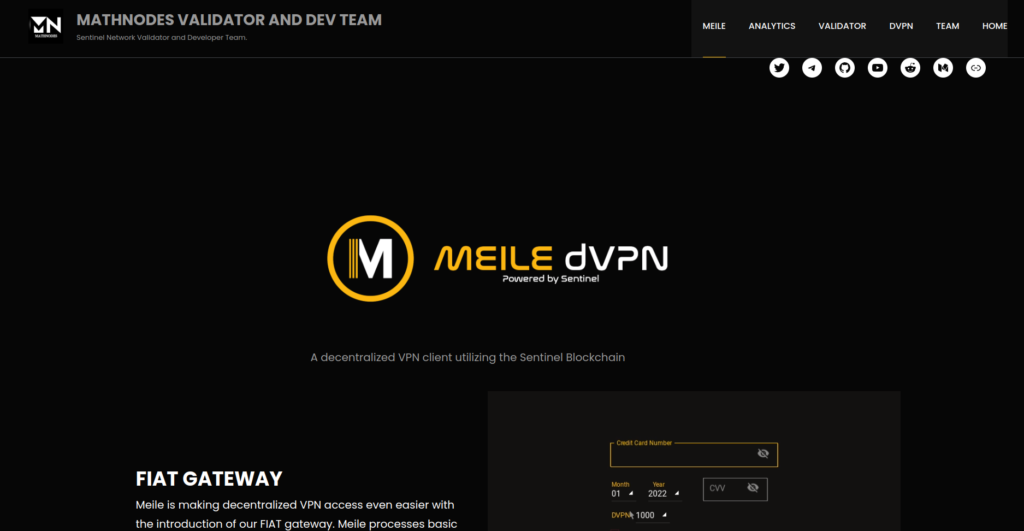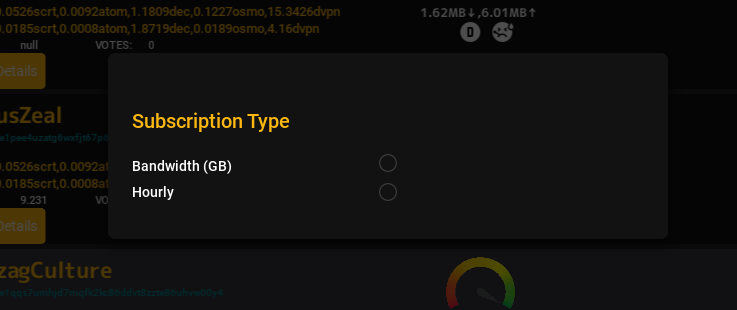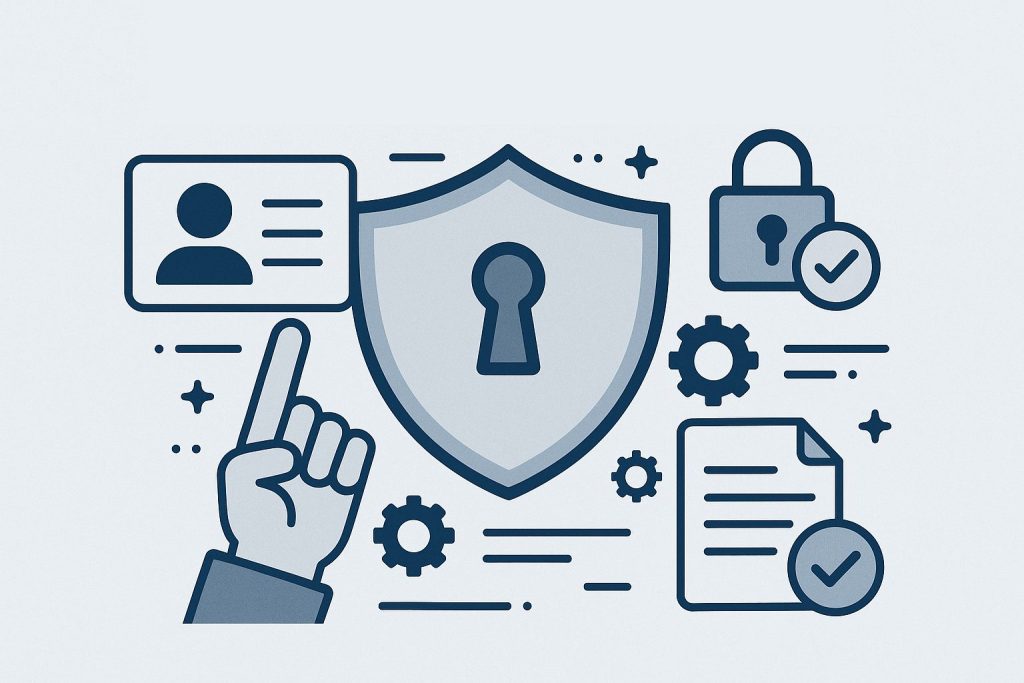
Handling customer data is a major responsibility. As businesses increasingly rely on cloud services and third-party vendors, ensuring that data is managed securely is more critical than ever. This is where SOC 2 is used. It provides a framework for managing customer data based on a set of core principles, giving your clients confidence in your security practices.
This article will break down everything you need to know about this important security standard. We’ll explore the SOC 2 meaning, why compliance matters, and how to handle the audit process to earn your certification.
What is SOC 2? The Core Meaning
SOC 2 stands for “System and Organization Controls 2.” It’s a voluntary compliance standard for service organizations, developed by the American Institute of CPAs (AICPA). It specifies how organizations should manage customer data. The framework is built on five “Trust Services Criteria” (TSC): Security, Availability, Processing Integrity, Confidentiality, and Privacy.
While Security is the foundational criterion for all SOC 2 engagements, you can choose to be evaluated on any or all of the other four, depending on your business and the services you provide.
- Security: Protecting information and systems from unauthorized access, unauthorized disclosure of information, and damage to systems. This criterion is mandatory for any SOC 2 report.
- Availability: Ensuring information and systems are available for operation and use as agreed.
- Processing Integrity: Verifying that system processing is complete, valid, accurate, timely, and authorized.
- Confidentiality: Protecting information designated as confidential from unauthorized disclosure.
- Privacy: Addressing the collection, use, retention, disclosure, and disposal of personal information in conformity with an organization’s privacy notice.
Understanding the SOC 2 meaning is the first step toward building a robust security program that meets client expectations.
Why Being SOC 2 Compliant is important for a Business
SOC 2 compliance is important because it shows that your business protects customer data and follows trusted security practices. When a company is SOC 2 compliant, it signals to customers, partners, and stakeholders that it takes data security seriously. It demonstrates a commitment to maintaining strong internal controls and protecting sensitive information.
Real-world examples make the impact of SOC 2 compliance clear:
- Tech Startup Secures Major Clients: A SaaS startup wanted to win contracts with large enterprises, but those clients required proof of strong security practices. By working toward SOC 2 compliance and earning a positive SOC 2 report, the startup built trust with potential customers and unlocked new business opportunities that would have been out of reach otherwise.
- Healthcare Provider Avoids a Data Breach: A healthcare company prioritized SOC 2 controls to keep patient data safe. When a phishing attack occurred, their improved incident response processes—implemented to meet SOC 2 requirements—helped the team detect and contain the threat quickly. As a result, they avoided a serious data breach and maintained customer trust.
- E-commerce Platform Stands Out: In a crowded market, an e-commerce company decided to become SOC 2 certified. Highlighting their certification on their website and in sales pitches gave them a real edge, attracting security-focused customers who might have chosen a competitor.
For many B2B service providers, especially in SaaS, finance, and healthcare, being SOC 2 compliant is often a non-negotiable requirement to win new business. Prospective clients will frequently ask for proof of your security posture before entrusting you with their data. A SOC 2 report provides that verified proof.
Furthermore, the process of preparing for a SOC 2 audit forces you to improve and document your security controls, reducing the risk of data breaches and enhancing your overall operational resilience.
Becoming SOC 2 Certified: The Journey
While people often use the terms interchangeably, there’s a key difference between being compliant and being certified. Compliance is an ongoing state of adhering to the standards. The term SOC 2 certified refers to the successful completion of a formal audit by an independent CPA firm, which results in a SOC 2 report.
The path to certification involves several key phases:
- Scope Definition: Decide which of the five Trust Services Criteria are relevant to your services and contractual commitments.
- Gap Analysis: Assess your current controls against the chosen TSCs to identify any weaknesses or missing policies. This is where a readiness assessment is invaluable.
- Remediation: Address the gaps found during the analysis. This may involve implementing new technologies, writing new policies, or training your team on updated procedures.
- Audit Preparation: Collect evidence that your controls are designed effectively and have been operating for a period of time (typically 3-12 months for a Type 2 report).
Understanding the SOC 2 Report
The final deliverable of the audit process is the SOC 2 report. This comprehensive document contains the auditor’s opinion on whether your organization’s controls meet the relevant Trust Services Criteria. It is not a certificate but a detailed report that you can share with clients (usually under a non-disclosure agreement).
There are two types of reports:
- SOC 2 Type 1 Report: This report evaluates the design of your security controls at a single point in time. It essentially confirms that you have the right policies and procedures in place.
- SOC 2 Type 2 Report: This is the more rigorous of the two. It not only assesses the design of your controls but also tests their operating effectiveness over a period of time (e.g., six or twelve months). A Type 2 report provides a higher level of assurance and is what most clients want to see.
The report details the auditor’s testing procedures and the results, giving readers a clear picture of your control environment.
Navigating the SOC 2 Audit
The SOC 2 audit is the formal examination conducted by a licensed CPA firm. The auditor will review your policies, procedures, and systems to verify your claims. This process involves interviews with your team, system configuration reviews, and sampling of evidence to test your controls.
For a Type 2 audit, the auditor will select samples throughout the audit period to ensure controls were operating consistently. For example, they might check employee onboarding and offboarding procedures for several new hires and departed employees to confirm that access rights were managed correctly every time.
A successful audit results in an “unqualified” or “clean” opinion, meaning the auditor found no significant issues with your controls. This is the outcome every organization aims for.
Using a SOC 2 Compliance Checklist
To manage the complexities of this process, many organizations rely on a SOC 2 compliance checklist. This tool helps you systematically prepare for the audit by breaking down the requirements into manageable tasks.
A good checklist will guide you through:
- Identifying all systems, data, and people involved in service delivery.
- Mapping your existing controls to the specific SOC 2 criteria.
- Documenting policies for everything from risk management to vendor oversight.
- Establishing procedures for monitoring, logging, and incident response.
- Gathering the evidence required for the audit.
While a generic checklist is a great starting point, you will need to tailor it to your specific environment and the TSCs you’ve chosen. Using a checklist ensures you don’t miss any critical steps on your journey to becoming SOC 2 certified.
SOC 2 Q&A: Common Questions Answered
Q: What does SOC 2 mean?
A: SOC 2 stands for “System and Organization Controls 2.” It’s a standard that helps ensure service providers securely manage data to protect the privacy and interests of clients.
Q: What’s the difference between SOC 2 compliant and SOC 2 certified?
A: Being SOC 2 compliant means your company meets the requirements of the SOC 2 framework. SOC 2 certified usually refers to having completed a formal audit with a CPA firm and receiving a SOC 2 report that you can share with customers.
Q: What is a SOC 2 report?
A: A SOC 2 report is a detailed audit document that shows how well your organization’s controls and processes align with the SOC 2 criteria. You often share this (under NDA) with business partners or clients.
Q: What happens during a SOC 2 audit?
A: An independent auditor reviews your security policies, practices, and evidence to see if you meet each SOC 2 requirement. For Type 2 audits, they also check if your controls always work in practice over a period of time.
Q: Why use a SOC 2 compliance checklist?
A: A checklist helps you track all the requirements, organize evidence, and spot any weaknesses before your official audit.
Q: How long does it take to become SOC 2 certified?
A: Timelines vary, but many organizations spend several months preparing for the audit. A Type 2 SOC 2 report usually requires controls to be in place and operating for at least 3-12 months.
Q: Is SOC 2 required by law?
A: SOC 2 is not a legal requirement, but many organizations and industries require it as a condition for doing business, especially in SaaS, healthcare, and finance.
Conclusion: SOC 2 as a Foundation of Trust
SOC 2 gives organizations clear steps to strengthen their security and build trust with customers. It is a framework for building a mature security program and a powerful tool for earning customer trust. By understanding the SOC 2 meaning, embracing the process of becoming SOC 2 compliant, and successfully completing a SOC 2 audit, you are making a clear statement about your commitment to data protection.
The journey requires dedication, but the rewards—stronger security, improved operations, and a significant competitive advantage—are well worth the effort. Start by performing a readiness assessment and creating your own tailored SOC 2 compliance checklist to set your organization on the path to success.












